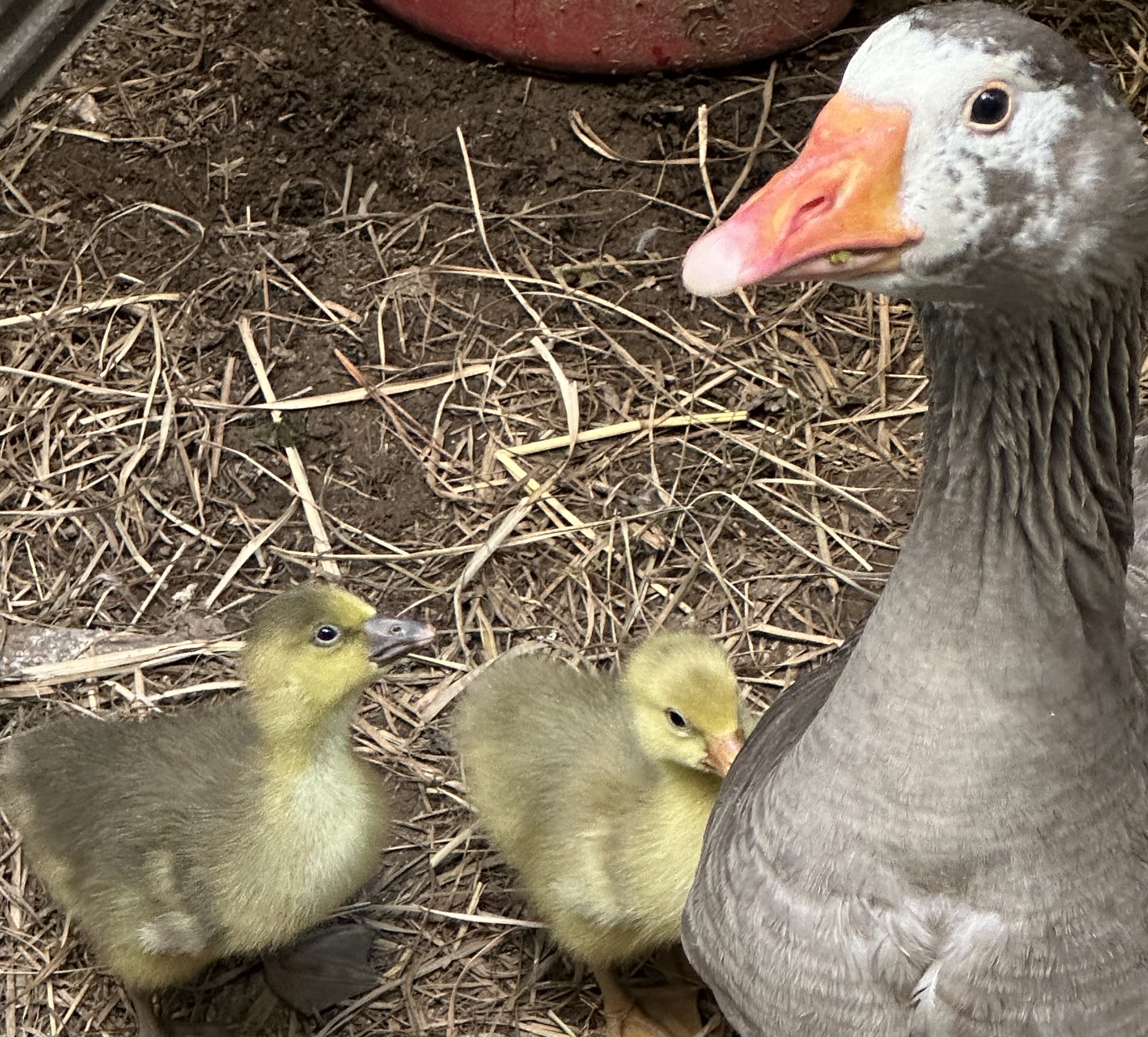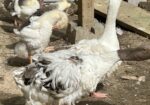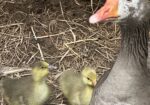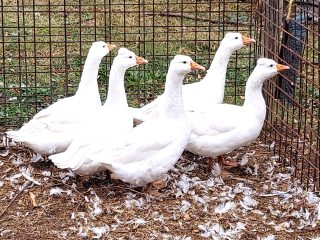Cotton Patch and Sebastopols for sale
$85 – $110
two week old cotton Patch goslings. 1 male, 1 female. $85/110 Also 2 2yr old females and 1 2yr old male All 3 for $200 ( proven breeders)
9 Sebastopol goslings. 3 females,6 males. Saddlebacks and solid white. $85/110 Also 2 yr old white female and male $150 for both, 3 yr old buff saddleback female, white female and liver saddleback male $225 for the trio.
Located in Walnut Cove, NC 27052. Text me at: 336-416-7093
- Species, Product, or Service: Cotton patch and Sebastopols
- Breed Product or Service: goslings








